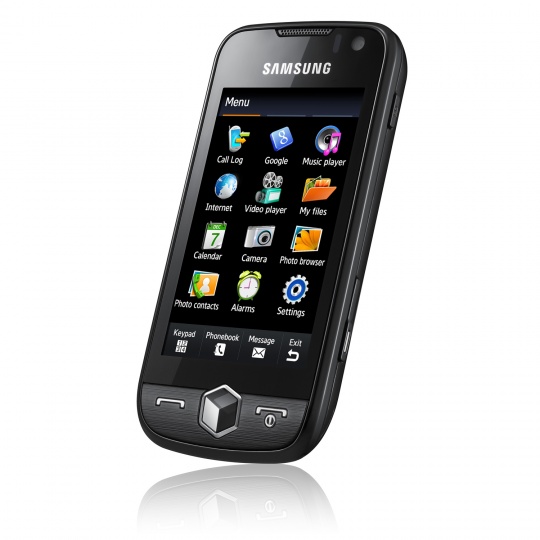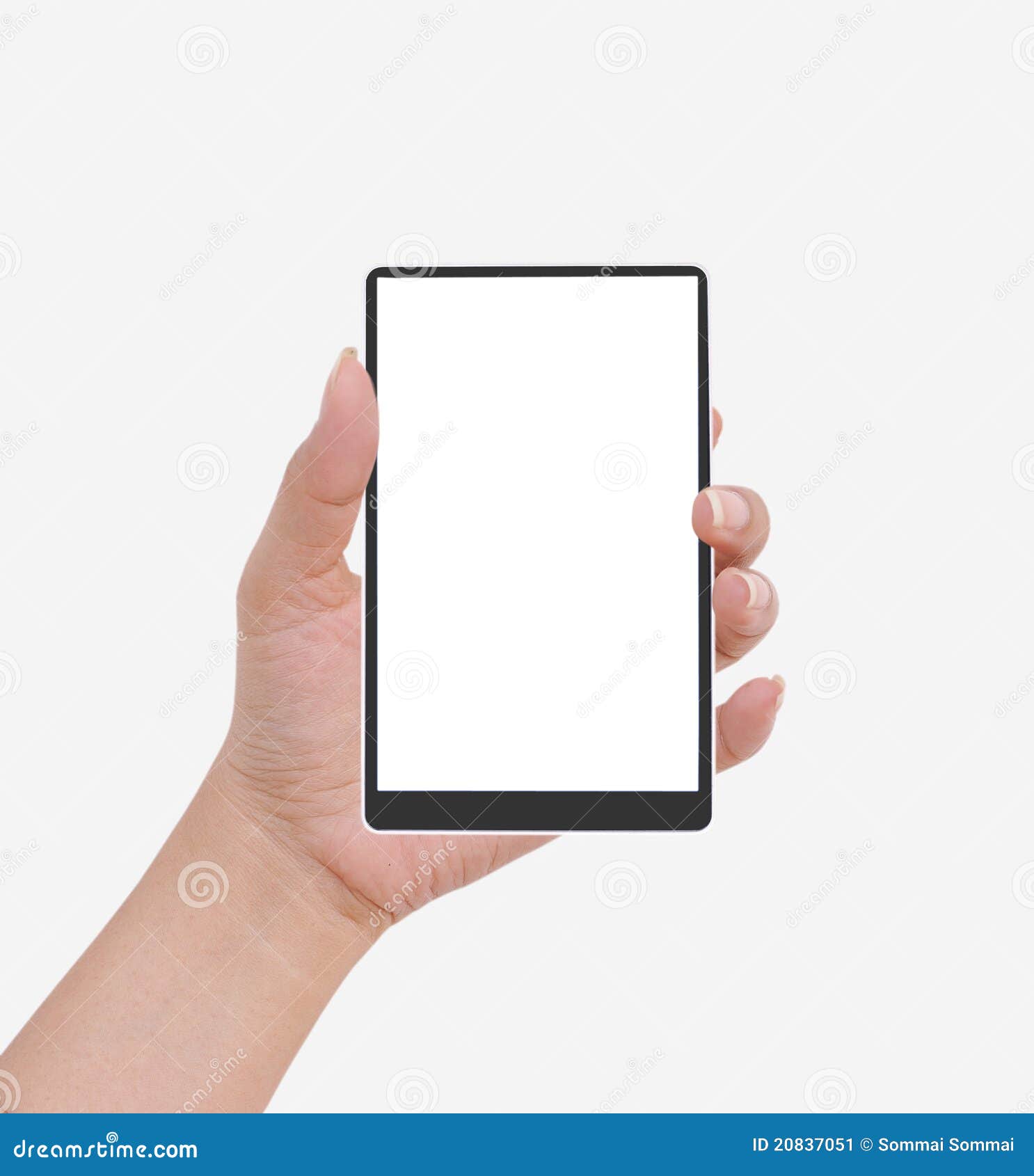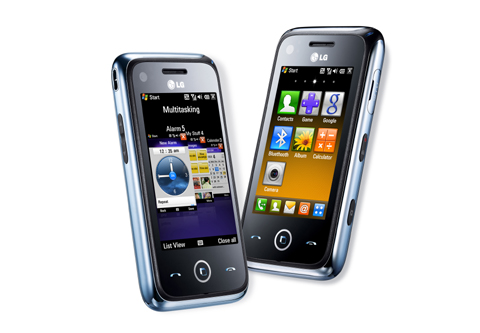Source:- Google.com.pk
One of the earliest fictional descriptions of a mobile phone can be found in the 1948 science fiction novel Space Cadet by Robert Heinlein. The protagonist, who has just traveled to Colorado from his home in Des Moines, receives a call from his father on a pocket telephone. Before going to space he decides to ship the telephone home “since it was limited by its short range to the neighborhood of an earth-side [i.e. terrestrial] relay office.” Ten years later, an essay by Arthur C. Clarke envisioned a "personal transceiver, so small and compact that every man carries one." He wrote: "the time will come when we will be able to call a person anywhere on Earth merely by dialing a number." Such a device would also, in Clarke's vision, include means for global positioning so that "no one need ever again be lost." Later, in Profiles of the Future, he predicted the advent of such a device taking place in the mid-1980s.[6] US TV series Get Smart (1965-1970) depicted spy gadgets with mobile telephones concealed in random objects, including shoes.
In the USSR, Leonid Kupriyanovich, an engineer from Moscow, in 1957-1961 developed and presented a number of experimental models of handheld mobile phones. The weight of one model, presented in 1961, was only 70 g and could fit on a palm.[7][8] However in the USSR the decision at first to develop the system of the automobile "Altai" phone was made. In 1965, Bulgarian company "Radioelektronika" presented on the Inforga-65 international exhibition in Moscow the mobile automatic phone combined with a base station. Solutions of this phone were based on a system developed by Leonid Kupriyanovich. One base station, connected to one telephone wire line, could serve up to 15 customers. [10]
The advances in mobile telephony can be traced in successive generations from the early "0G" services like MTS and its successor Improved Mobile Telephone Service, to first generation (1G) analog cellular network, second generation (2G) digital cellular networks, third generation (3G) broadband data services to the current state of the art, fourth generation (4G) native-IP networks In 1949 AT&T commercialized Mobile Telephone Service. From its start in St. Louis in 1946, AT&T then introduced Mobile Telephone Service to one hundred towns and highway corridors by 1948. Mobile Telephone Service was a rarity with only 5,000 customers placing about 30 000 calls each week. Calls were set up manually by an operator and the user had to depress a button on the handset to talk and release the button to listen. The call subscriber equipment weighed about 36 kg.[11]
Subscriber growth and revenue generation were hampered by the constraints of the technology. Because only three radio channels were available, only three customers in any given city could make mobile telephone calls at one time.[12] Mobile Telephone Service was expensive, costing 15 USD per month, plus 0.30 to 0.40 USD per local call, equivalent to about 176 USD per month and 3.50 to 4.75 per call in 2012 USD.[11]
In the UK there was also a vehicle based system called "Post Office Radiophone Service"[13] it was launched around the city of Manchester in 1959, and although it required callers to speak to an operator, it was possible to be put through to any subscriber in Great Britain. The service was extended to London in 1965 and other major cities in 1972.
AT&T introduced the first major improvement to mobile telephony in 1965, giving the improved service the obvious name of Improved Mobile Telephone Service. IMTS used additional radio channels, allowing more simultaneous calls in a given geographic area, introduced customer dialing, eliminating manual call setup by an operator, and reduced the size and weight of the subscriber equipment.[11]
Despite the capacity improvement offered by IMTS, demand outstripped capacity. In agreement with state regulatory agencies, AT&T limited the service to just 40,000 customerssystem wide. In New York City, for example, 2,000 customers shared just 12 radio channels and typically had to wait 30 minutes to place a call.
In the USSR, Leonid Kupriyanovich, an engineer from Moscow, in 1957-1961 developed and presented a number of experimental models of handheld mobile phones. The weight of one model, presented in 1961, was only 70 g and could fit on a palm.[7][8] However in the USSR the decision at first to develop the system of the automobile "Altai" phone was made. In 1965, Bulgarian company "Radioelektronika" presented on the Inforga-65 international exhibition in Moscow the mobile automatic phone combined with a base station. Solutions of this phone were based on a system developed by Leonid Kupriyanovich. One base station, connected to one telephone wire line, could serve up to 15 customers. [10]
The advances in mobile telephony can be traced in successive generations from the early "0G" services like MTS and its successor Improved Mobile Telephone Service, to first generation (1G) analog cellular network, second generation (2G) digital cellular networks, third generation (3G) broadband data services to the current state of the art, fourth generation (4G) native-IP networks In 1949 AT&T commercialized Mobile Telephone Service. From its start in St. Louis in 1946, AT&T then introduced Mobile Telephone Service to one hundred towns and highway corridors by 1948. Mobile Telephone Service was a rarity with only 5,000 customers placing about 30 000 calls each week. Calls were set up manually by an operator and the user had to depress a button on the handset to talk and release the button to listen. The call subscriber equipment weighed about 36 kg.[11]
Subscriber growth and revenue generation were hampered by the constraints of the technology. Because only three radio channels were available, only three customers in any given city could make mobile telephone calls at one time.[12] Mobile Telephone Service was expensive, costing 15 USD per month, plus 0.30 to 0.40 USD per local call, equivalent to about 176 USD per month and 3.50 to 4.75 per call in 2012 USD.[11]
In the UK there was also a vehicle based system called "Post Office Radiophone Service"[13] it was launched around the city of Manchester in 1959, and although it required callers to speak to an operator, it was possible to be put through to any subscriber in Great Britain. The service was extended to London in 1965 and other major cities in 1972.
AT&T introduced the first major improvement to mobile telephony in 1965, giving the improved service the obvious name of Improved Mobile Telephone Service. IMTS used additional radio channels, allowing more simultaneous calls in a given geographic area, introduced customer dialing, eliminating manual call setup by an operator, and reduced the size and weight of the subscriber equipment.[11]
Despite the capacity improvement offered by IMTS, demand outstripped capacity. In agreement with state regulatory agencies, AT&T limited the service to just 40,000 customerssystem wide. In New York City, for example, 2,000 customers shared just 12 radio channels and typically had to wait 30 minutes to place a call.










No comments:
Post a Comment